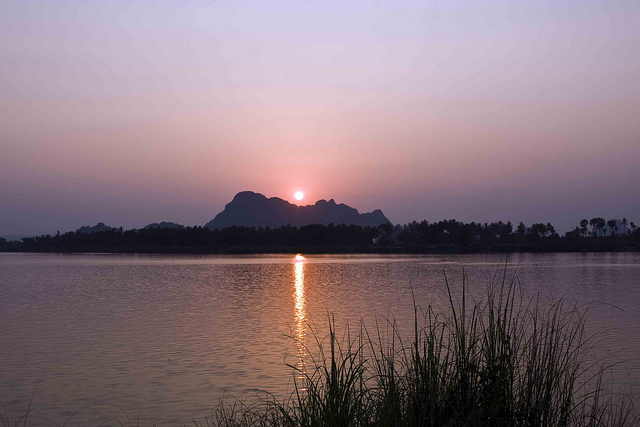Six Hydro Projects on the Thanlwin Get Green Light

Myanmar plans to give the green light to three of six hydroelectric projects to begin construction on the Thanlwin River within three months, a high-ranking official at the Ministry of Electric Power said on August 16.
“We plan to build six hydropower projects on the Thanlwin River,” said the official who asked not to be named. “Feasibility studies on three of the projects have already been completed, but we need to have more detailed discussions before we are ready to sign memorandums of agreement regarding the projects.”
Studies have been sent to the Ministry of National Planning and Economic Development, the Ministry of Finance and the Attorney General’s Office, he said. Following approval, the government aims to sign joint ventures with companies to proceed, which will likely be a three-month process.
The hydro projects will be the first of their kind since President Thein Sein halted the Myitsone dam in 2011. The controversial dam was to be constructed at the confluence of the Maykha and Malikha rivers in Kachin State. Construction of a number of other hydroelectric projects also ground to a halt after the president’s decision.
The three projects with completed feasibility studies are Kunlong on the upper Thanlwin River, with an estimated capacity of 1400 megawatts, Naungpha with a capacity of 1000MW, and Manntaung with 200MW. All three have Chinese firms as the joint venture partner.
The three hydro projects still awaiting feasibility studies from Thai or Chinese joint venture partners are Maineton on the upper Thanlwin with a 7110MW capacity, Ywarthit with a 4000MW capacity and Hat Gyi at 1360MW, the official said.
“We believe it would take between four and 10 years to implement each of the projects once we have agreements in place,” he said.
The official said the current government had shifted its focus from previous administration’s to prioritise environmental and social impacts.
“We are discussing with the Chinese companies about how the projects will affect communities living nearby and help to develop the areas. All of these issues will be included in any agreements,” he said.
The Thanlwin River passes through China, Myanmar and Thailand. China plans to build 27 dams on the river, which the Mekong Energy and Ecology Network official said could aversely affect the entire river as political borders do not match up with ecological ones.
“The concept of an international river, and cooperation with every country along the river working together, has been developed and practiced in many parts of the world, but not in the Mekong region,” said the network’s director, Witoon Permpongsacharoen.
Future agreements ought to require that Myanmar receives 25 percent of electricity generated by the projects for free, with the right to buy another 25pc from the operator, he said.
With 76pc of Myanmar off the grid, electricity demand in the country will continue to rise, according to the ministry official.
“In the future, we are going to provide more electricity for domestic use from hydropower projects,” he said.
Myanmar is proceeding with planning or work on some 45 hydropower projects at present, primarily in conjunction with Chinese firms, he said.
“Regulatory concerns are gaining in importance because we have been questioned by parliamentary members and other government ministries about the social and environment issues resulting from projects, which was not the case under the old government.”






